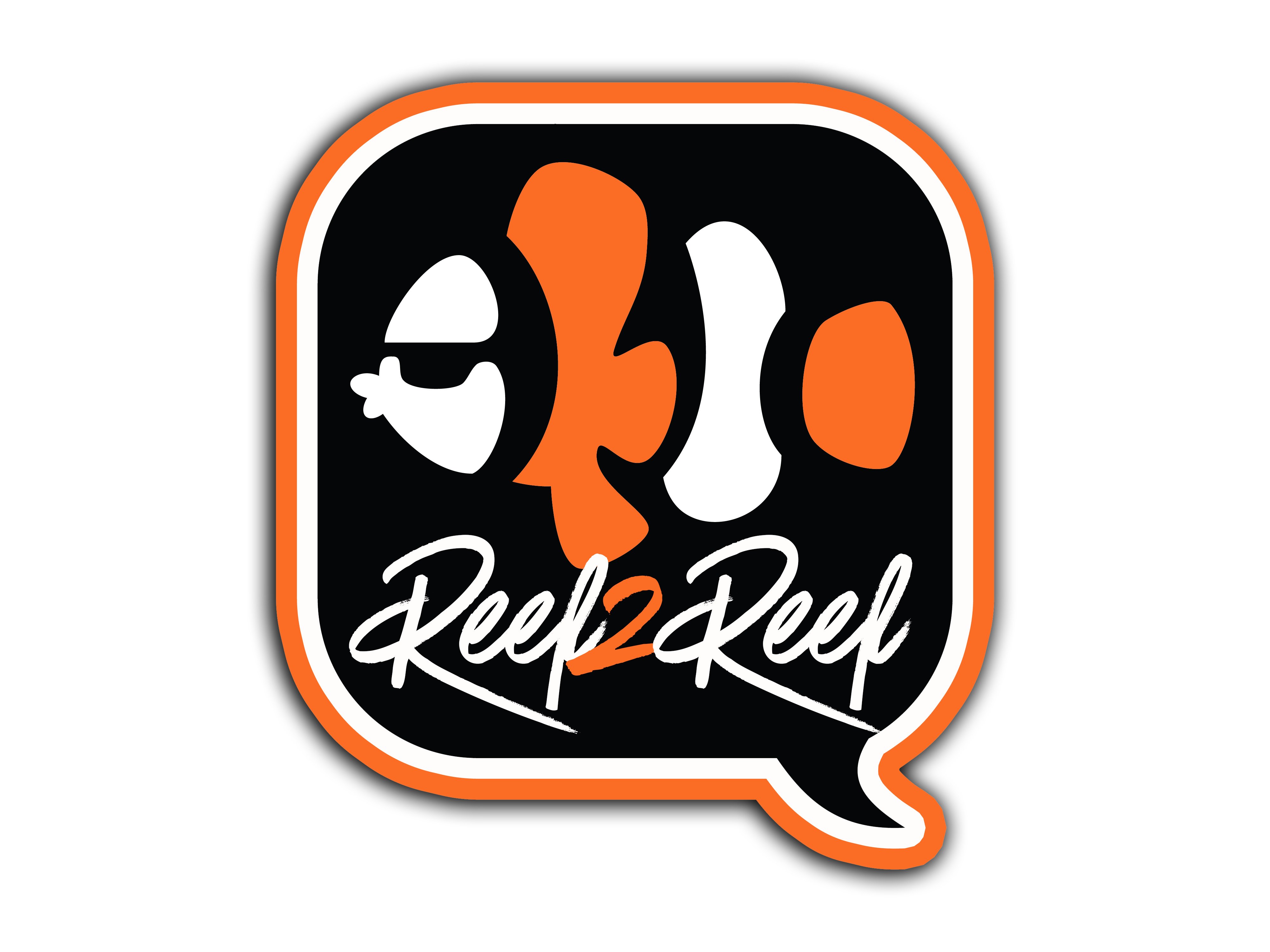title
Navigation
Install the app
How to install the app on iOS
Follow along with the video below to see how to install our site as a web app on your home screen.
Note: This feature may not be available in some browsers.
More options
You are using an out of date browser. It may not display this or other websites correctly.
You should upgrade or use an alternative browser.
You should upgrade or use an alternative browser.
what does "topping off with freshwater" mean? is it 1.000 salinity water? or normal WC water?
- Thread starter stE25wy14
- Start date
- Tagged users None
Topping off refers to adding back freshwater to compensate for evaporation. The salt does not evaporate and as freshwater leaves it increases salinity.
Pure freshwater to account for evaporative loss. Reverse Osmosis DeIonised, normally.title
You've had a tank for 9 or 10 months? Perhaps you have been doing this without understanding the terminology?title
Yeah... glancing through OP's tank thread, there's mention of 1.035 salinity,,, and invert loss.You've had a tank for 9 or 10 months? Perhaps you have been doing this without understanding the terminology?
@stE25wy14, the answer to your original question is, as other's have posted:
You need to replace water loss from evaporation with 1.000 SG (fresh) water.
If you've been topping off with saltwater, that'll just drive your tank salinity up (through the roof).
That would easily explain lots of issues.
...but, wouldn't you have noticed the salinity constantly increasing in your tank by now? (((that's the confusing part to me)))
RODI for the win.
Though I think it is a fairly common mistake to top off with salt water, but as people pointed out, salt doesn't evaporate.
Though I think it is a fairly common mistake to top off with salt water, but as people pointed out, salt doesn't evaporate.
- Joined
- May 15, 2018
- Messages
- 16,611
- Reaction score
- 33,909
Actually, salt creeps.RODI for the win.
Though I think it is a fairly common mistake to top off with salt water, but as people pointed out, salt doesn't evaporate.
So to compensate for salinity changes we test with a reliable hydrometer and then add freshwater (RODI with low or zero TDS) to replace water evaporation or add a bit of salt when salinity is low. Adding salt should be dissolved first to prevent burns to animals, but I have seen it dumped by the bag full into a sump at a wholesaler who had designed a lowflow area where the salt could dissolve to raise salinity after a days shipments had lower the system salinity with an ATO replacing salt water with fresh.
For reefer's conversations:
"Freshwater" is salt free, usually RODI water.
"Saltwater" is freshwater + salt.
"Water change" is saltwater mixed to compensate and exchange old tank water with freshly made saltwater.
- Joined
- May 26, 2016
- Messages
- 772
- Reaction score
- 689
I put undissolved salt in a cup in my sump to raise it slowly if needed.Actually, salt creeps.
So to compensate for salinity changes we test with a reliable hydrometer and then add freshwater (RODI with low or zero TDS) to replace water evaporation or add a bit of salt when salinity is low. Adding salt should be dissolved first to prevent burns to animals, but I have seen it dumped by the bag full into a sump at a wholesaler who had designed a lowflow area where the salt could dissolve to raise salinity after a days shipments had lower the system salinity with an ATO replacing salt water with fresh.
For reefer's conversations:
"Freshwater" is salt free, usually RODI water.
"Saltwater" is freshwater + salt.
"Water change" is saltwater mixed to compensate and exchange old tank water with freshly made saltwater.
Yes, that works but why do you get in that situation?I put undissolved salt in a cup in my sump to raise it slowly if needed.
I know for me I stopped WC fighting dinos. But my skimmer continued to run at times. My tanks 25g so couple skimmer cups of salt water out and ATO adding fresh - lowered my salinity from 1.026 to near 1.024.Yes, that works but why do you get in that situation?
Similar threads
- Replies
- 4
- Views
- 64
- Replies
- 13
- Views
- 191
- Replies
- 3
- Views
- 190
- Replies
- 1
- Views
- 288
TOP 10 Trending Threads
- Replies
- 57
- Views
- 950
-
- Sticky
- Replies
- 80
- Views
- 1,223
- Replies
- 37
- Views
- 282
- Replies
- 49
- Views
- 423
- Replies
- 25
- Views
- 305
- Replies
- 28
- Views
- 384

















